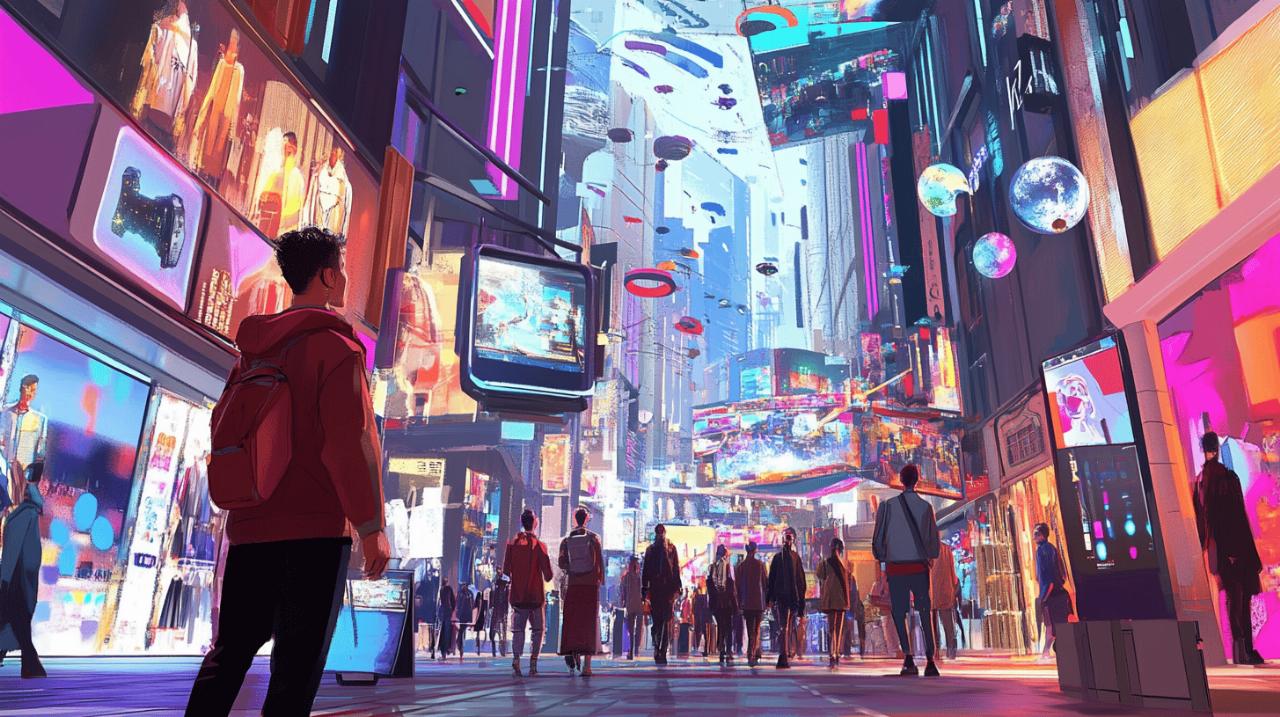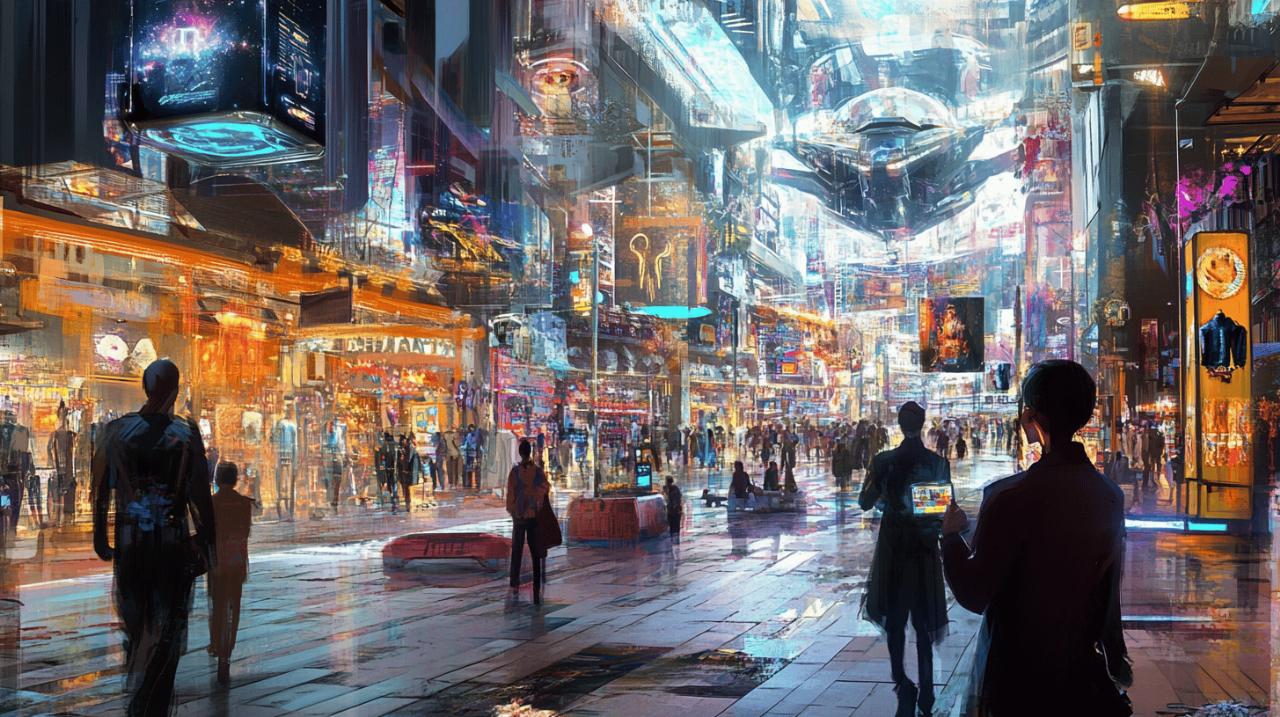Exploring the Intersection of Fashion and Technology in Modern Shopping

The fashion industry has been revolutionised by technological advancements, creating a shopping landscape that would have seemed like science fiction just a decade ago. Today’s consumers are experiencing an unprecedented fusion of style and innovation, reshaping not only what we wear but how we shop for it. This transformation extends beyond mere convenience, touching every aspect of the retail journey from discovery to purchase and beyond.
Digital Transformation in the Fashion Retail Space
The digital revolution has fundamentally altered the fashion retail environment. Traditional shopping experiences are being enhanced and sometimes replaced by technology-driven alternatives. Innovative brands are leveraging cutting-edge solutions to connect with customers in more meaningful ways. The retail experience now extends far beyond physical stores, with many consumers discovering fashion through the latest shopping trends showcased on platforms like https://www.effepistore.it/ and other digital marketplaces that specialise in curating fashion technology innovations.
Virtual fitting rooms and augmented reality applications
One of the most significant technological advancements in fashion retail has been the introduction of virtual fitting rooms powered by augmented reality. These technologies allow shoppers to visualise clothing items on themselves without physically trying them on. For example, Warby Parker’s application enables customers to virtually try on glasses before making a purchase decision. Similarly, many fashion retailers now offer AR experiences where customers can see how garments might look on their body type through their smartphone screens.
The impact of virtual try-on technology extends beyond convenience. It addresses a fundamental challenge in online shopping by reducing uncertainty about fit and appearance. According to industry research, consumers are 70% more likely to purchase from brands offering AR experiences. This technology not only enhances customer satisfaction but also reduces return rates, which have traditionally plagued online fashion retailers.
Ai-powered personalisation in fashion recommendations
Artificial intelligence has transformed how fashion brands understand and cater to customer preferences. By analysing vast amounts of data, AI systems can now offer highly personalised shopping experiences. Major retailers like H&M are using AI to manage inventory effectively while delivering customised recommendations to shoppers based on their browsing history, purchase patterns, and even the weather in their location.
The North Face provides an excellent example of AI-powered personalisation through their shopping assistant, which helps customers find the perfect jacket by asking questions about their needs and preferences. This level of personalisation creates a shopping experience that feels bespoke rather than mass-produced. Accenture reports that 91% of consumers prefer brands that offer personalised experiences, highlighting the importance of this technology in modern retail strategies.
Wearable technology shaping fashion trends
The convergence of fashion and technology is perhaps most visible in the wearable technology sector. What began as purely functional devices have evolved into fashion statements in their own right. Designers now consider both aesthetics and functionality when creating tech-enabled garments and accessories, blurring the line between fashion items and technological devices.
Smart fabrics and connected garments
Smart fabrics represent one of the most innovative developments in fashion technology. These materials incorporate sensors, lights, and other electronic components directly into the fabric structure. A notable collaboration between Google and Levi’s resulted in a smart jacket that allows wearers to control their smartphones through gestures on the sleeve. This integration of technology into everyday clothing items demonstrates how functional technology can be incorporated without sacrificing style.
The market for smart fabrics is experiencing rapid growth and is projected to reach $5.55 billion by 2025. These materials offer benefits beyond novelty, including health monitoring, temperature regulation, and enhanced athletic performance. As manufacturing techniques advance and costs decrease, smart fabrics are likely to become increasingly common in mainstream fashion, offering consumers both style and functionality.
Fashion-forward wearable devices and their market impact
Fitness trackers and smartwatches have evolved from purely utilitarian devices to fashion accessories. The Apple Watch exemplifies this trend, offering health tracking capabilities while allowing for personalisation through interchangeable straps and customisable faces. Fashion brands like Michael Kors and Fossil have entered the smartwatch market, recognising the importance of style in technology adoption.
Beyond wearable devices, the fashion industry is embracing innovative production methods like 3D printing. Designers such as Iris van Herpen utilise this technology to create intricate, avant-garde pieces that would be impossible to produce using traditional methods. Meanwhile, companies like Adidas employ 3D printing for their Futurecraft 4D shoe midsoles, demonstrating how this technology can be applied to mass-market products. The 3D printing market in fashion is expected to reach $6.5 billion by 2025, indicating substantial growth potential.
Sustainability is also driving innovation in fashion technology. Sheep Inc has launched what they call a ‘negative carbon footprint’ t-shirt, while many brands are exploring biodegradable textiles and upcycled materials. These developments were highlighted at the recent Tech For Fashion event in Amsterdam, which showcased how technology can address environmental concerns in the fashion industry. Waterless dyeing techniques, as adopted by H&M, can reduce water usage by up to 95%, illustrating how technological innovation can support environmental sustainability.
The future of fashion technology holds exciting possibilities, from blockchain-verified supply chains that ensure authenticity and ethical production to the emerging market for digital fashion and NFTs. One virtual dress has reportedly sold for $9,500, suggesting a growing market for purely digital fashion items. As these technologies continue to evolve and integrate, the shopping experience will become increasingly immersive, personalised, and sustainable, transforming not just how we shop for fashion, but how we conceptualise clothing itself.

















